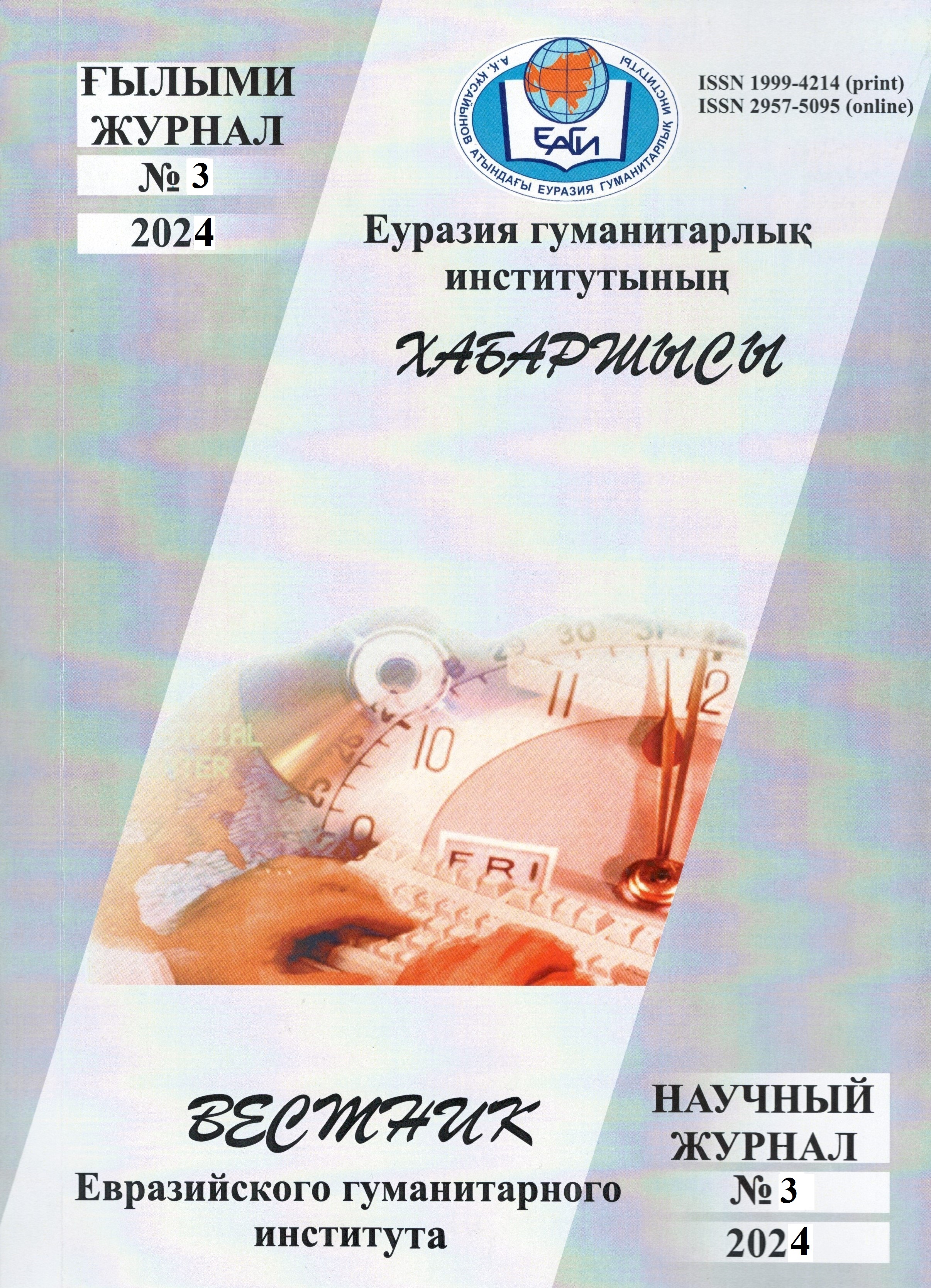VIRTUAL REALITY-SUPPORTED EDUCATION: RESULTS OF A PILOT STUDY ON ENGLISH LANGUAGE
DOI:
https://doi.org/10.55808/1999-4214.2024-3.22Keywords:
English language teaching, Virtual Reality (VR), students, education, digital technologyAbstract
This article examines the integration of virtual reality (VR) technology, namely head-mounted devices (HMDs) such as Google Cardboard, into the teaching of English as a foreign language (TEFL). The study focused on studying students' perceptions of learning English through virtual reality. The study involved 44 students over five weeks. Davis's (1989) technology acceptance model was used as the primary instrument for data collection. Data were analyzed using descriptive statistics in the JASP platform. The results showed that students' perceptions of the use of virtual reality in English classes were very positive. The authors provided a comprehensive overview of current research findings in the field of English language teaching using virtual reality. Additionally, potential future research directions include exploring the integration of virtual reality with metaverse platforms, adapting virtual reality technologies from other disciplines, and addressing research gaps in the application of virtual reality to English language learning.


 Қазақ тілі
Қазақ тілі
 Русский
Русский
 English
English








